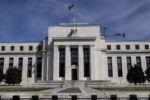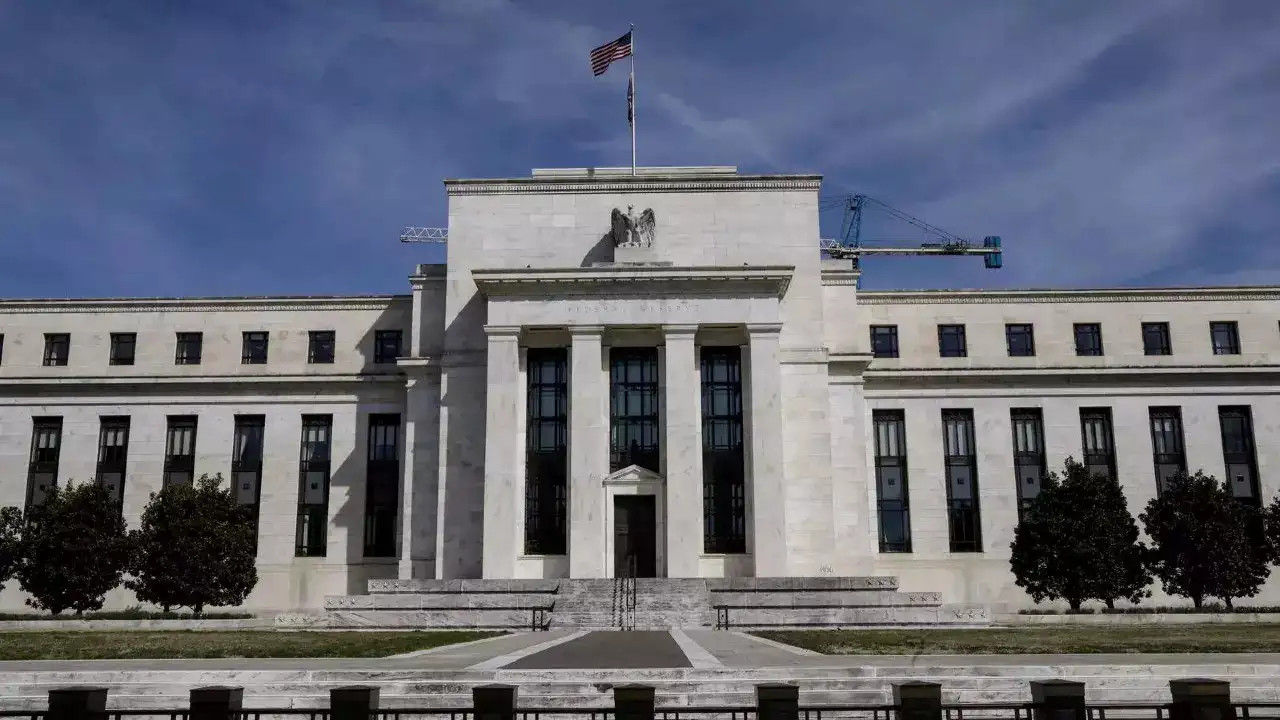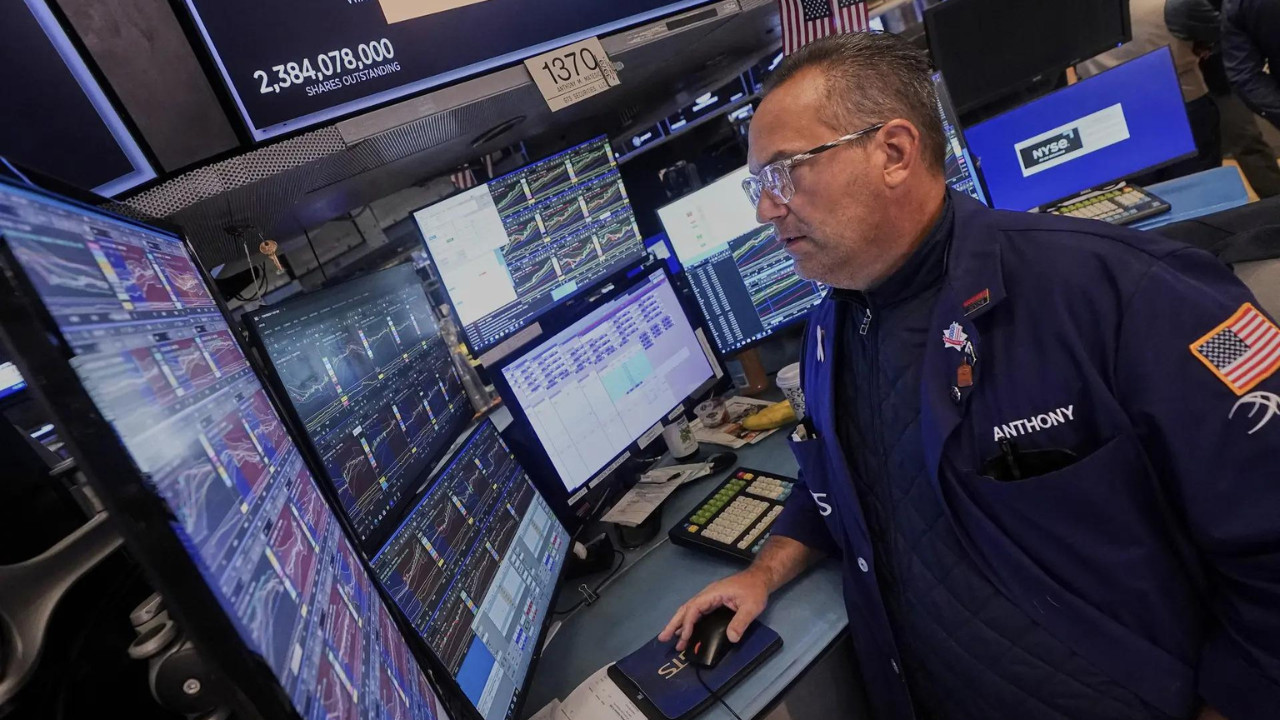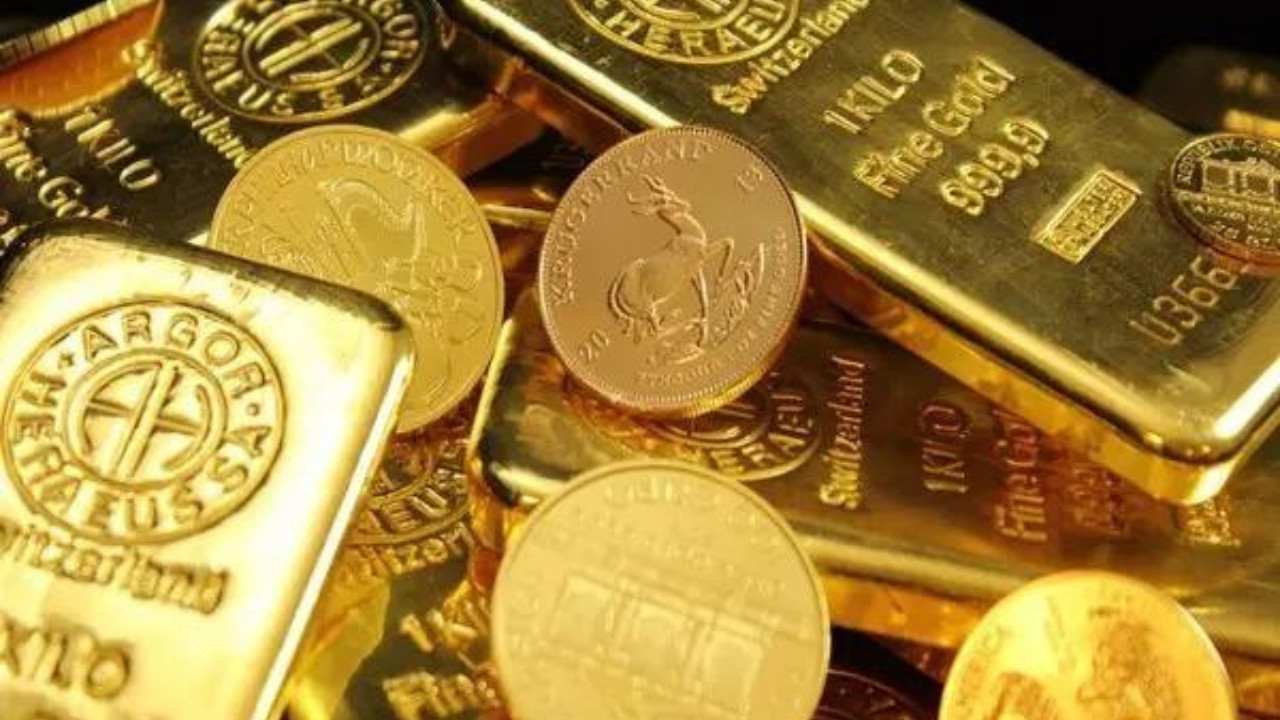Retail inflation in India edged up to 2.07% in August, according to official data, a rise of 46 basis points from July. While overall inflation increased, food inflation remained negative for the third consecutive month, although it improved slightly. The rise in inflation was primarily driven by increases in the prices of vegetables, meat, fish, and other items.
Has India’s Inflation Monster Stirred? A Closer Look at August’s Numbers
For months, we’ve enjoyed a period of relative calm on the inflation front, almost lulled into a sense of complacency. But the latest figures might just be a wake-up call. August saw India’s retail inflation, measured by the Consumer Price Index (CPI), ticking upwards to 7.0%, a noticeable jump from July’s 1.61%. That’s the highest it’s been in recent times, and naturally, it has raised eyebrows. What’s behind this surge, and what does it mean for our wallets?
Food Prices: The Main Culprit Behind Rising Inflation
The primary driver behind this inflationary pressure is, unsurprisingly, food. We all know the feeling – that weekly grocery bill seems to be creeping higher and higher. Data reveals a significant uptick in food prices, contributing substantially to the overall inflation figure. Factors such as uneven monsoon patterns impacting crop yields, combined with global supply chain disruptions, have seemingly coalesced to create a perfect storm. Pulses, vegetables, and even everyday staples like cereals are costing consumers more.
The timing couldn’t be worse, as festival season is just around the corner – a period typically marked by increased spending. The higher cost of essential food items could very well dampen consumer sentiment and affect spending patterns in the coming months.
Beyond Food: Other Contributing Factors to Indian Inflation
While food prices take center stage, they’re not the whole story. A closer look at the CPI data shows that other sectors are also experiencing inflationary pressures. Fuel prices, despite some recent easing, remain elevated compared to previous years. The impact of this percolates through the economy, affecting transportation costs and ultimately, the prices of goods and services.
Furthermore, rising input costs for manufacturers are also playing a role. From raw materials to energy, businesses are facing increased expenses, some of which are inevitably passed on to consumers. This underlying inflationary pressure, though perhaps less dramatic than food price fluctuations, contributes to the overall upward trend.
What Does This Mean for the RBI and Interest Rates?
The Reserve Bank of India (RBI) has been walking a tightrope, trying to balance the need to control inflation with the desire to support economic growth. With inflation now exceeding the RBI’s comfort zone, the pressure is mounting to take further action.
<img src="image_of_indian_currency.jpg" alt="Indian currency, illustrating the impact of Indian Inflation on purchasing power.” width=”600″ height=”400″>
Many believe that another interest rate hike is likely in the near future. Higher interest rates can help cool down the economy by making borrowing more expensive, thus reducing demand and, theoretically, curbing inflation. However, this also carries the risk of slowing down economic growth. The RBI’s Monetary Policy Committee (MPC) will undoubtedly be closely analyzing the latest inflation data and weighing the potential consequences of their decisions.
Navigating the Inflationary Landscape: What Can We Do?
While we can’t control macroeconomic forces, there are steps we can take to mitigate the impact of rising inflation on our personal finances. Budgeting is more crucial than ever. Tracking expenses, identifying areas where we can cut back, and prioritizing needs over wants can make a significant difference.
Looking for deals and discounts, considering generic brands, and reducing food waste are all practical strategies. Explore options for earning additional income, such as freelancing or a side hustle, to offset the increased cost of living. The effects of Indian Inflation require smart personal financial management.
For more insights on managing your finances during inflationary periods, consider reading this article on [investment strategies for uncertain times](internal-link-to-investment-article).
A Momentary Spike or a Sign of Things to Come?
The question on everyone’s mind is whether this recent surge in inflation is a temporary blip or a sign of a more persistent trend. Several factors will influence the trajectory of inflation in the coming months, including the monsoon season’s progress, global commodity prices, and the government’s policy response.
While the current numbers are certainly concerning, it’s important to avoid panic. Inflation is a complex phenomenon influenced by a multitude of interconnected factors. By staying informed, making prudent financial decisions, and adapting to the changing economic landscape, we can weather this period of heightened inflation. The next few months will be critical in determining whether the inflation monster has truly awakened or if it can be put back to sleep.







